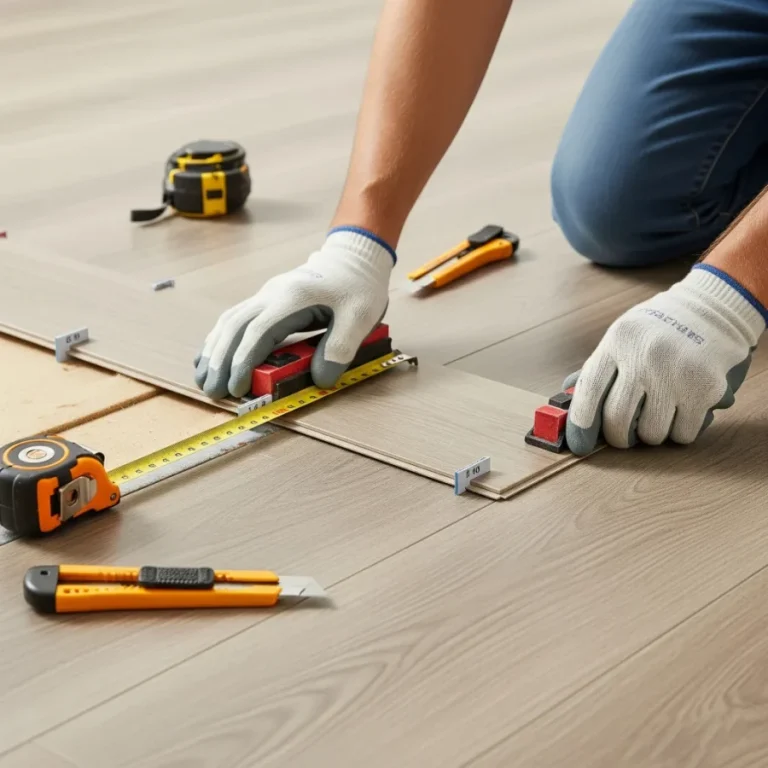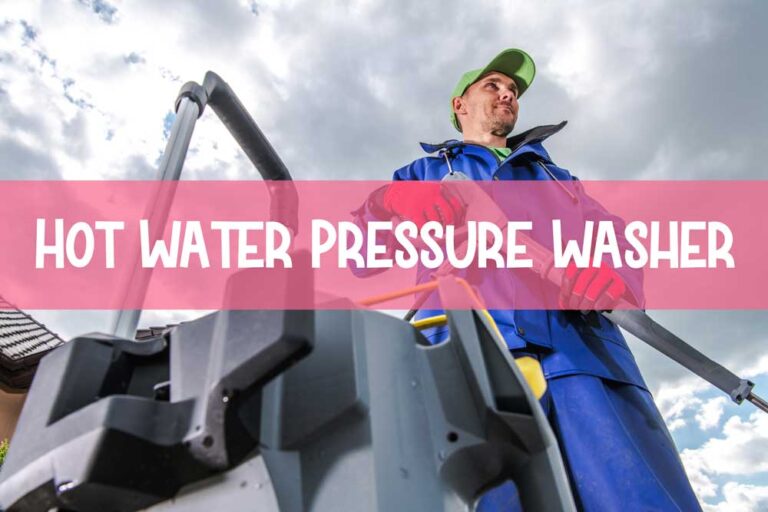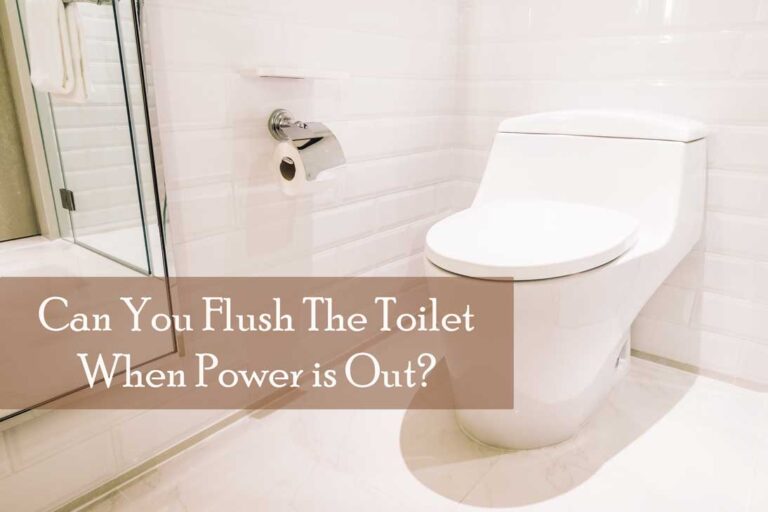The Average Cost to Fill a Pool with a Garden Hose: A Complete Guide
So, you’ve got a new pool, or you’re opening one for the season, and the big question looms: how much will it actually cost to fill this thing with water? For most homeowners, the go-to tool is the trusty garden hose. It’s simple, accessible, and seems like the most straightforward option. But is it the most cost-effective?
The final price on your water bill depends on several key factors, including the size of your pool and the water rates in your specific area. This guide will walk you through everything you need to know to calculate the average cost to fill a pool with a garden hose, so you can plan your budget and avoid any surprising utility bills.
Key Takeaways
- Primary Cost Factor: The two biggest factors determining the cost are your pool’s volume (in gallons) and your local water utility rates (cost per gallon).
- Average Cost Range: Filling a standard 15,000-gallon pool with a garden hose can cost between $60 and $180 on average, but this varies significantly by location.
- Garden Hose vs. Delivery: Using a garden hose is almost always cheaper than a pool water delivery service, which can cost $200 to $600 for the same volume. However, a hose takes much longer—often 24-48 hours or more.
- Calculation is Key: The best way to know your cost is to calculate it. You’ll need to find your pool’s volume and check your recent water bill for the cost per unit (often per 100 cubic feet or 1,000 gallons).
- Save Money: Check with your local water department before filling. Many offer a credit for sewer charges if you notify them you’re filling a pool, which can save you a significant amount of money.
How to Calculate the Cost of Filling Your Pool with a Garden Hose
Don’t let the math intimidate you. Figuring out the cost is a simple, three-step process. By calculating it yourself, you’ll get the most accurate estimate possible.
Step 1: Determine Your Pool’s Volume in Gallons
First, you need to know how much water your pool holds. If you don’t know the volume, you can calculate it with a simple formula based on its shape. For more complex shapes, you might want to use our pool volume calculator.
Formula for Rectangular Pools
To find the volume of a square or rectangular pool, use this formula:
- Volume in Gallons = Length (ft) x Width (ft) x Average Depth (ft) x 7.5
Example: A pool that is 30 ft long, 15 ft wide, and has an average depth of 5 ft holds 30 x 15 x 5 x 7.5 = 16,875 gallons.
Formula for Circular Pools
For a round or circular above-ground pool, the formula is slightly different:
- Volume in Gallons = Diameter (ft) x Diameter (ft) x Average Depth (ft) x 5.9
Example: A 24-ft round pool with a depth of 4 ft holds 24 x 24 x 4 x 5.9 = 13,593 gallons.
Step 2: Find Your Local Water Rate
Your water cost is the secret ingredient in this calculation. The price of water can vary dramatically between cities and states. For example, data from the City of Columbus, OH, and Dayton, OH, show different rate structures. Your best source of information is your own utility bill.
How to Read Your Utility Bill
Look at your most recent water bill for the rate. Water is often billed in units of CCF (100 cubic feet) or MCF (1,000 cubic feet). One CCF is equal to 748 gallons. You may see a tiered rate system, where the price per unit increases after you use a certain amount of water. Be sure to use the highest tier’s rate for your calculation, as filling a pool will likely push you into it.
Contacting Your Local Water Department
If you can’t find the rate on your bill, a quick call to your local water department is the easiest way to get the correct number. Just ask them for the current residential water rate per gallon or per CCF.
Step 3: Do the Math: Putting It All Together
Once you have your pool’s volume and your water rate, you can calculate the total cost.
If your rate is per 1,000 gallons:
- Total Cost = (Pool Volume / 1,000) x Rate per 1,000 Gallons
If your rate is per CCF:
- Total Cost = (Pool Volume / 748) x Rate per CCF
Factors That Influence the Cost of Filling a Pool
The basic calculation gives you a great starting point, but other variables can affect your final bill.
Your Geographic Location
As mentioned, this is the single biggest variable. Water is more expensive in arid, drought-prone regions like Arizona and California than in areas with plentiful water resources. Always use your specific local rates for an accurate estimate.
The Size and Type of Your Pool (Above-ground vs. In-ground)
A small, above-ground pool might only hold 4,000 gallons, making it very affordable to fill. A large, deep in-ground pool could hold 30,000 gallons or more, significantly increasing the cost.
The Time of Year
Some municipalities have higher water rates during the summer to encourage conservation. Filling your pool during the off-season (early spring or fall) could potentially save you money.
Potential for Sewer Fee Credits
This is a major money-saving tip! Most utility companies charge for both water usage and sewer service on the same bill, assuming that most water used in a home goes down the drain. However, water used to fill a pool doesn’t enter the sewer system. Many water departments, like those in Findlay, OH, and Oro Valley, AZ, offer a “sewer abatement credit” if you notify them before you fill your pool. This means you won’t have to pay the sewer portion of the bill for that water, which can cut the cost nearly in half.
Garden Hose vs. Water Delivery Service: A Cost Comparison
Using your hose isn’t the only option. Water delivery services are a popular alternative, but how do they stack up on cost?
The Pros and Cons of Using a Garden Hose
- Pros: It’s almost always the cheapest way to fill a swimming pool. You have full control over the process.
- Cons: It’s very slow. The average garden hose flow rate is only about 5-10 gallons per minute, meaning it can take days, not hours, to fill. It also uses your home’s water, which may have minerals that require extra chemical balancing.
The Pros and Cons of a Water Delivery Service
- Pros: It’s incredibly fast, often filling a pool in just a few hours. The water is typically pre-treated and balanced, saving you time and money on initial chemicals.
- Cons: It’s much more expensive. The cost to fill a pool with a water truck can range from $200 to $600 or more, depending on your location and accessibility.
How Long Does It Take to Fill a Pool with a Hose?
If you choose the garden hose route, patience is key. The time it takes is just as important as the cost for many homeowners. To get a rough idea, you can check our detailed guide on how long it takes to fill a pool with a hose.
Factors Affecting Filling Time (Water Pressure, Hose Diameter)
Your home’s water pressure (measured in PSI) and the diameter of your garden hose are the two main factors. A wider hose with higher water pressure will fill the pool much faster than a thin hose on a low-pressure system.
Can You Use Two Hoses to Fill the Pool Faster?
Yes! Using two hoses will roughly cut the filling time in half, as long as your home’s water system can maintain adequate pressure for both. It’s a great way to speed up the process without paying for a delivery service.
Frequently Asked Questions (FAQ)
What is the cheapest way to fill a pool with water?
For nearly all homeowners, the cheapest way is to use your own garden hose, especially if you can get a sewer credit from your utility provider.
How much does a pool add to your water bill?
The initial fill will cause a one-time spike, which could be anywhere from $50 to over $200, based on our calculations. After that, you’ll see a smaller increase in your monthly bill due to topping off the water lost to evaporation and splash-out, typically costing $10-$30 per month in the summer.
Can I use well water to fill my pool?
You can, and the water itself is free! However, be aware of two potential costs. First, running your well pump for an extended period will increase your electricity bill. Second, well water often contains high levels of minerals and metals that can stain pool surfaces, requiring expensive specialty chemicals for treatment.
How often will I need to add more water to my pool?
You will need to top off your pool periodically to replace water lost to evaporation, splash-out, and filter backwashing. On average, a pool can lose about a quarter-inch of water per day, but this increases in hot, windy, and low-humidity conditions.
The Bottom Line: Is a Garden Hose the Right Choice for You?
For most pool owners, using a garden hose is the most practical and budget-friendly method for filling a pool. While it requires time and patience, the significant cost savings compared to a water delivery service are hard to ignore.
The key is to be prepared. Before you turn on the spigot, take a few minutes to calculate your pool’s volume, find your local water rate, and call your utility company about a sewer credit. By doing this quick bit of homework, you’ll know exactly what to expect on your next water bill and can start enjoying your pool without any financial surprises.






